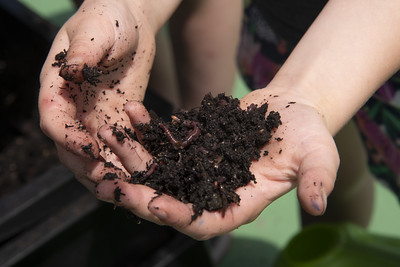
Vermicomposting
Students create a worm bin which will serve as a basis for investigations about ecosystems, life and nutrient cycles, and decomposition.
The National Agricultural Literacy Curriculum Matrix is a free database of standards-based lesson plans and resources for K-12 educators that use agriculture as a lens for teaching science, social studies, career and technical education, and nutrition.

Students create a worm bin which will serve as a basis for investigations about ecosystems, life and nutrient cycles, and decomposition.
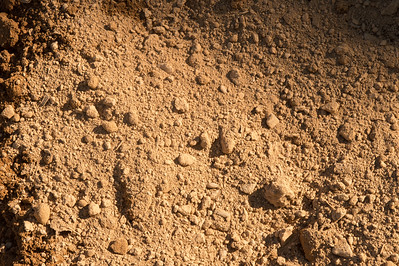
Students investigate soil texture and determine the texture of several soil samples.
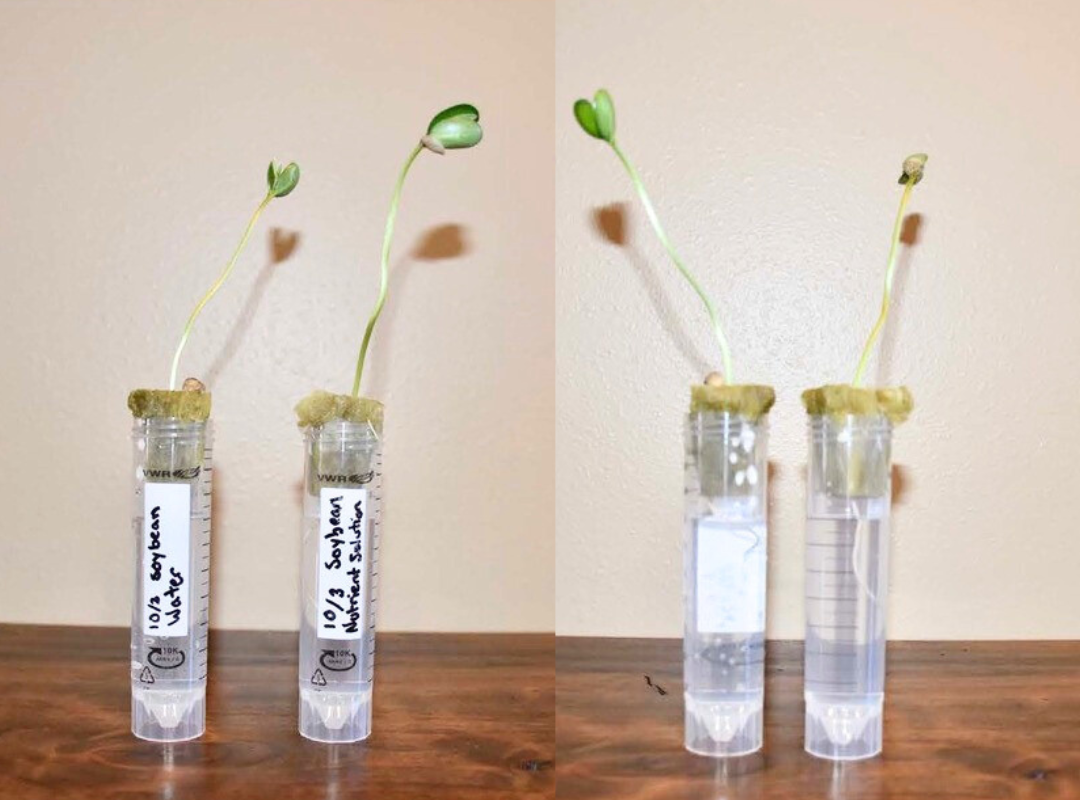
Investigate the importance of nutrients to support plant growth and discover how plants grow without soil by growing and observing plants in a test tube hydroponic system.

Students will understand how photoperiodism impacts plants and animals in the environment and learn how egg farms use this science to manage the laying of eggs by their hens.
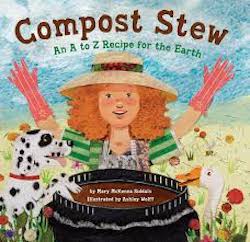
From apple cores to zinnia heads, readers will discover the best ingredients for a successful compost pile. How do you start a compost pile? What's safe to include? This book provides the answers.
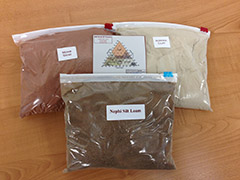
This is a great kit for teaching students about soil textures. The kit includes two cups of sand, two cups of silt, and two cups clay. All of the soil samples are from the state of Utah and are representative of the Intermountain Region, although the mineral content may be different, the particle sizes are true to soil texture type and can be used by other states for demonstration purposes. Order this kit online from agclassroomstore.com.
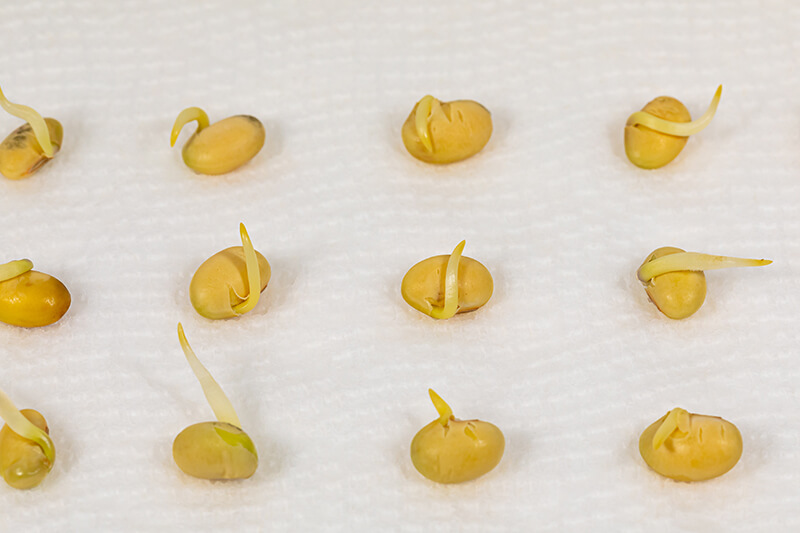
Students explore how soybeans are grown by farmers, examine seed anatomy through a seed dissection activity, and observe the germination of a soybean plant.
Students make observations about historic tools used on a dairy farm to store and process milk into cheese and butter.

Students estimate the size and weight of pumpkins, sprout pumpkin seeds, and make pumpkin pie in a bag.
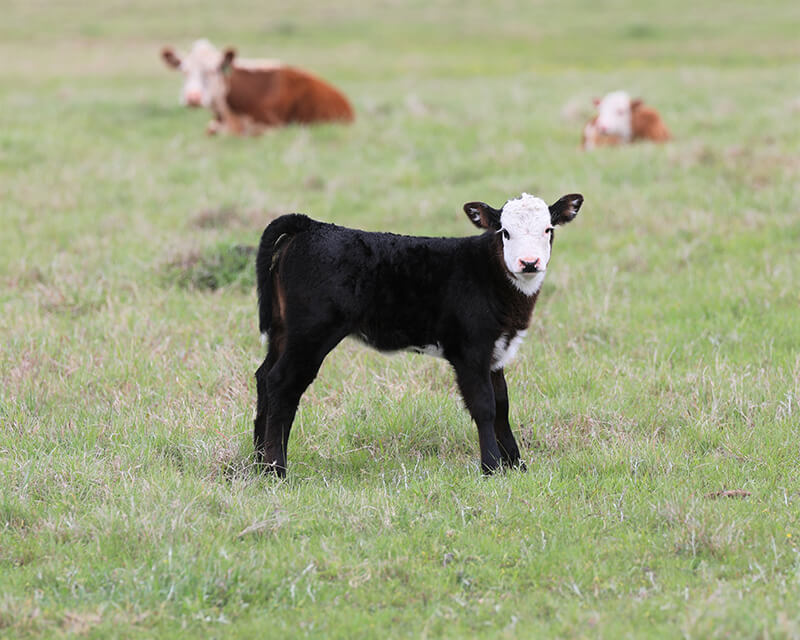
Students explore concepts of heredity in beef cattle and identify dominant and recessive traits.

Students examine the growth, composition, history, and uses of corn through a close reading activity, discussion of renewable and non-renewable resources, and hands-on exploration of bioplastics made from corn.
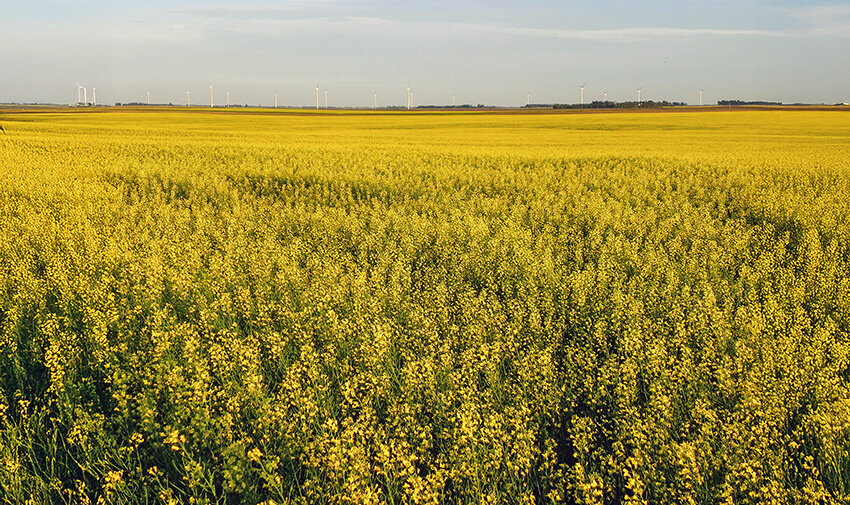
Students investigate a variety of oilseed crops, discover how and where they are grown, and explore their nutritional benefits.
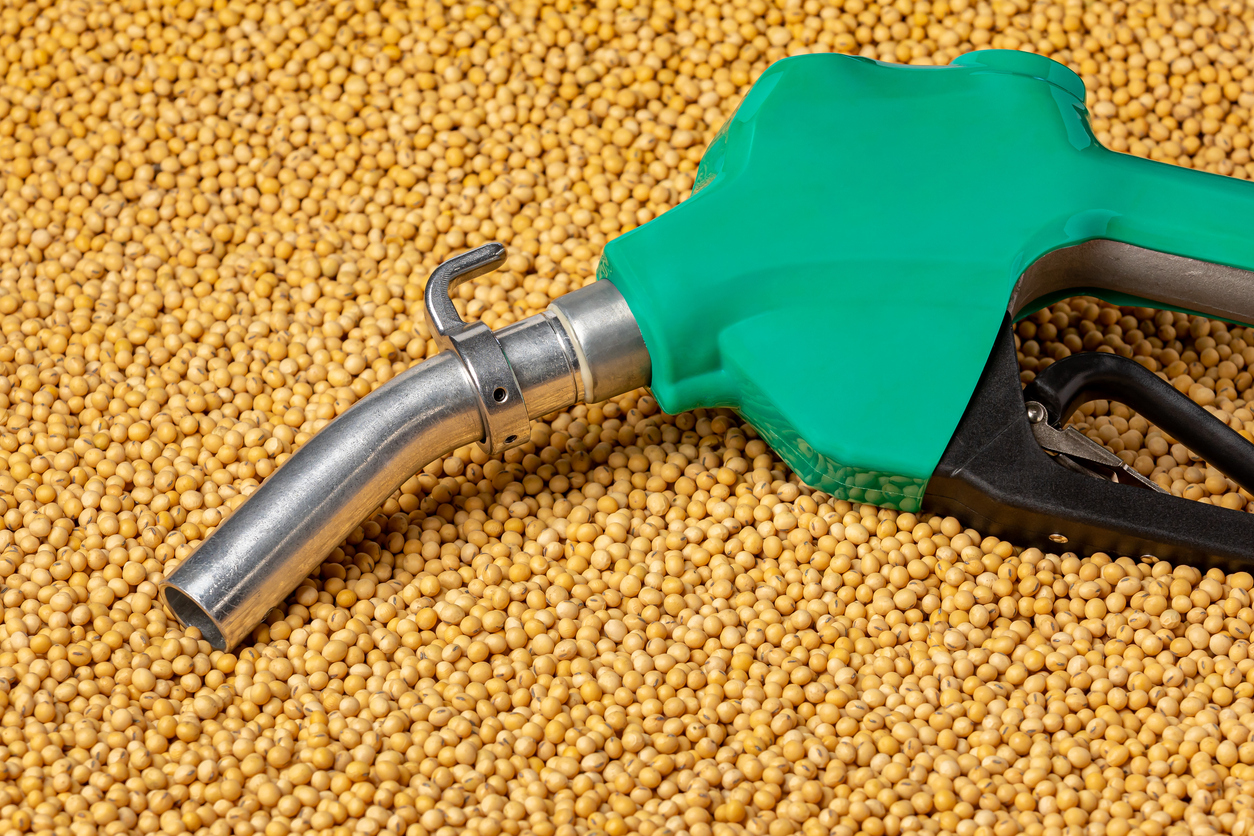
Students will discover potential careers in agriculture with a focus on the growing field of biofuel development.
Explore modern livestock farming practices and the ecological footprint of meat, milk, and egg production. Evaluate the contributions of the livestock industry and weigh the challenges related to environmental and economic sustainability of animal-source foods in comparison to plant-source foods.
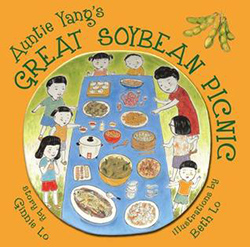
Auntie Yang starts an enduring picnic tradition when she discovers soybeans, a dearly-missed food from China, growing in Illinois. The picnic tradition quickly grows into an annual community celebration. Based on actual events, this story can be used to teach about soybeans, immigration, diversity, culture, and community. The book includes some simple Chinese words defined in a glossary at the back as well as additional information about the people who inspired the story and additional information about soybeans.
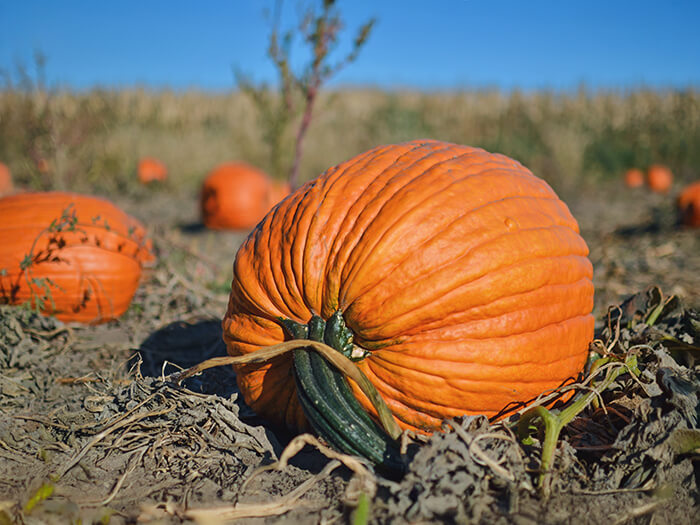
Use this 4-page reader for students to self-discover facts about pumpkins. What are pumpkins? Topics include: Pumpkin vocabulary, plant anatomy, pumpkin history, varieties of pumpkins, and more.
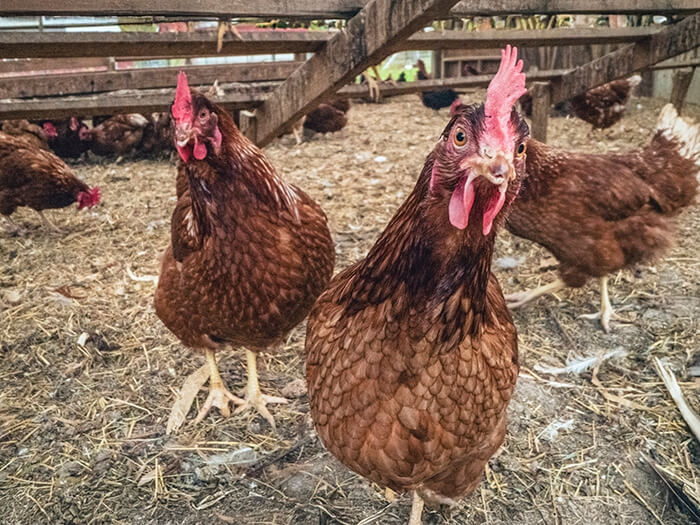
This printable four-page reader is packed with information about chickens, turkeys, and other poultry. Use this reader to share information about the parts of an egg, poultry-related careers, the diets of chickens, and more.
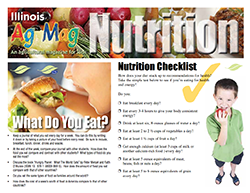
The Nutrition Ag Mag is an agricultural magazine for students. This issue focuses on nutrition with segments highlighting physical fitness, career options, making healthy dietary choices, and how to read a food label. The entire publication can be viewed online.
Let us know if you have an idea you'd like to share for a new lesson plan or companion resource.
Download a CSV spreadsheet containing the vocabulary words used in the Curriculum Matrix.